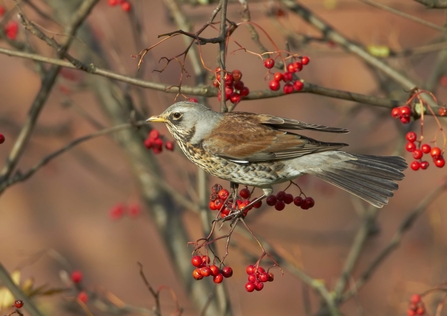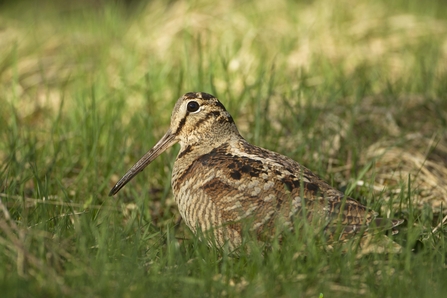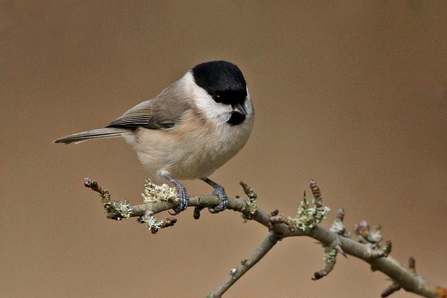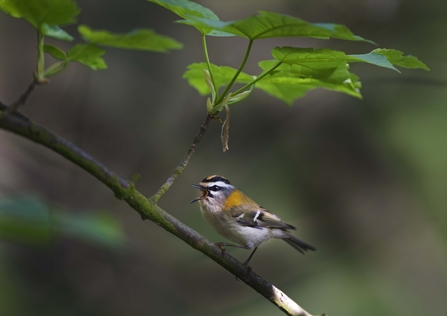Can you imagine a woodland walk without any birdsong?
Woodland birds are a key part of Cornwall’s wildlife, providing many benefits to wider ecosystems. Their presence also has great positive effects on our wellbeing, allowing us to connect with nature and de-stress. Listening to birdsong has even been shown to provide recovery from mental fatigue. However, with increasing human development, the sounds of nature are falling silent…
Recent years have seen significant woodland bird declines across the UK. Prof Richard Gregory, head of monitoring at the RSPB Centre for Conservation Science, said that “all the bird trends are dipping downwards, most prominently among woodland birds”. Their indicator of abundance has fallen by 37% since 1970, and by 15% in the past five years (2018-2023), which suggests an accelerating decline. Bird populations have long been considered an effective indicator for the wider state of wildlife; this makes these declines particularly concerning and suggests similar trends across many other organisms.
These declines are largely due to a lack of woodland habitat. The destruction of woodland for logging, development and agriculture means that many birds are now unable to nest and forage for food. Temperate rainforests would have once covered large areas of Cornwall, hosting amazing biodiversity and a unique range of species. However, woodland cover in Cornwall is now way below the national average at less than 10%.
The loss of these vital habitats is having a particularly negative effect on the most threatened woodland bird species. Here are just some of the species that need our help:






